When Blue Microphones (started in California in 1995) announced the Mo-Fi, I was immediately intrigued. Here was a well-respected and highly regarded microphone manufacturer with outstanding industrial designs venturing into the world of personal audio. And just one look at the Mo-Fi was all I needed. They have a 1950’s sci-fi look and incorporate newly designed drivers and a built-in headphone amplifier. The Mo-Fi’s are most reminiscent of Blue’s highly regarded microphones in their construction and offer a design motif that is certainly unique to headphones, thus far.
Gone are the slider headbands that extend for those of us with larger heads. They are replaced with arms that hold the ear cups that simply move up or down. Surprisingly, this new mechanism works quite well and instead of adjusting them prior to putting them on one’s head, the Mo-Fi’s can be placed and adjusted in one simple motion to the proper level as needed by the user. The design looks outstanding and it certainly offers a fresh take on fit. I have always been a big fan of the Blue microphone aesthetic and the Mo-Fi’s continue in the same tradition. These headphones are like none other you’ve seen before.
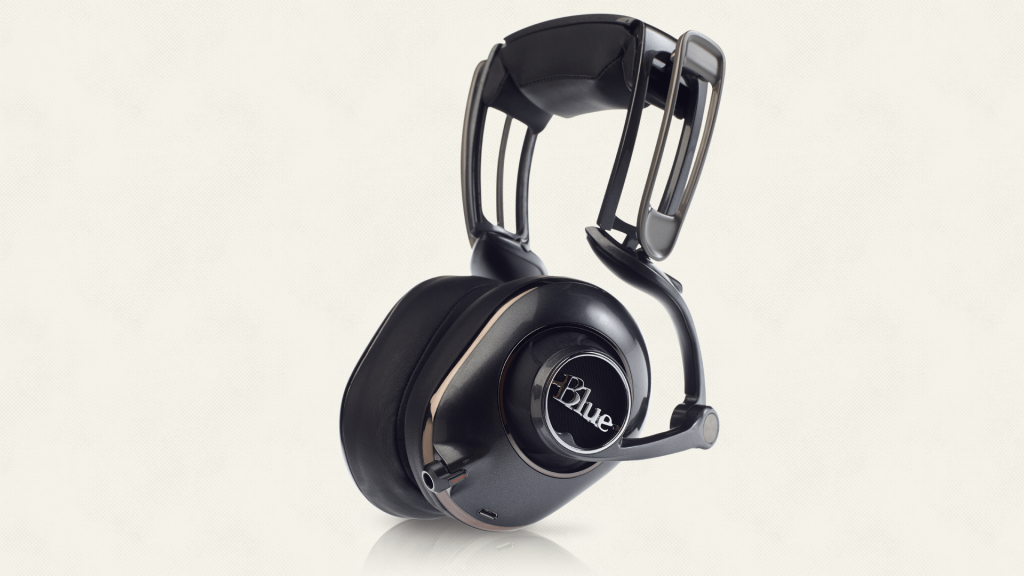
The headphones incorporate large 50mm drivers (a size usually reserved for much higher priced headphones) and are incredibly efficient at 105dB/mW and 46 ohms impedance. As an added feature, these headphones come with a built in headphone amplifier. That’s right! You won’t need to wield a separate headphone amp to power them. The internal amplifier can be charged over USB and provides up to 12 hours of playtime between charges. It can output up to 240mW into the Mo-Fi’s and I can literally drive them with any portable device or high-resolution music. As a result, the engineers at Blue could utilize larger audiophile drivers and still offer a product that didn’t require a dedicated headphone amplifier to sound its best. So for those of us who demand the best of a product, we don’t need to lug around a dedicated portable amplifier and associated cabling with these headphones. Instead, simply charge them up and plug them in to your source.
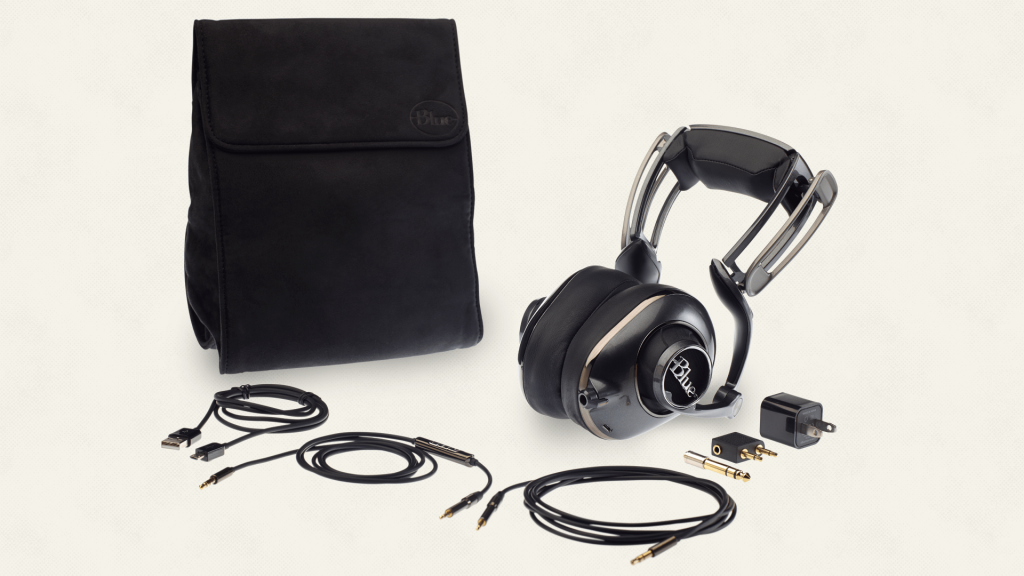
Included with the headphones are cables that are easily attached or unplugged: One shorter cable (1.2m) with iDevice controls (and microphone) and a longer 3m cable for home/studio use. As well, Blue includes a 1/8” to ¼” stereo adapter, a standard airplane adapter and a USB charging cable and AC power adapter. Throw in the carrying bag and you have all the standard accessories that one needs for an on-the-go pair of headphones.
The construction quality is among the best I’ve seen and it seriously exceeds all of my expectations for headphones in this price range. These headphones are built like tanks and you would never describe them as “flimsy”. The look and feel is more similar to headphones that cost significantly more ($500+) and the design features make these headphones stand out. I am in love with the design of these cans. One added feature I enjoy is the automatic “off mode”: Simply remove the headphones from your head and the music stops. This comes in handy when I used them at work and someone would come into my office for a discussion. I didn’t have to fumble for the “off” or “mute” button on my iPhone, all I had to do is just take the Mo-Fi’s off. That’s all.

They are not, however, perfect. With the addition of the internal headphone amplifier, the weight of the headphones comes in at a hefty 466 grams. And while the headphones offer such a unique headphone band, the comfort is only adequate with my head. Don’t get me wrong, these are not uncomfortable, as I can listen to them for a few hours at a time, but next to other headphones in this range, I find them “middle-of-the-pack” when it comes to comfort. The ear pads are plush and thick and go a long way in helping with the comfort, as does the plush headband padding. But, headphones like the Beyerdynamic T51p and BeoPlay H6 both offer a lighter alternative that can be worn for hours on end without any discomfort. The other drawback is the size of these headphones. While I applaud Blue’s bold re-design of the traditional headphone headband, the one drawback is that they cannot lay flat and sit in an upright position. This makes the portability factor a bit difficult when you want to pack them into your carrying bag or knapsack.
Sonically however is where these headphones deliver. Not only do they look sexy, their sound is seductive and definitely punches in a higher weight class. I would describe their overall tonality as pretty darn natural with a warm tendency that is simply inviting. I’ve listened to them for a few hours at a time and never did I find myself fatigued – something that can occur if the balance is off (like the treble tilted Shure SRH940s). When turning on the internal headphone amplifier, you have the choice for the standard ON position that delivers a balanced and neutral sound, the ON+ setting engages the amplifier’s analog low-frequency enhancement circuit, which delivers an added bass boost. For those times when your source material could use some extra low-end support, it does an outstanding job and in the end was my preferred setting for most of my listening. Even with classical music the bass was never overbearing, nor did it “leak” into the mid-range. A fantastic option is the ability to set the bass level to one’s personal preferences.

Listening to Avenged Sevenfold’s “Hail to the King” offers wonderfully rich and detailed bass, right down to the lowest registers. Not only do the Mo-Fi’s satisfy with bass quantity, the quality is there! Small micro details are easily heard with the taught bass presentation. This song has a lot of great stuff going on down low and the Mo-Fi’s are able to convey the power and authority of the bass in the recording without glossing over the details, nor bleeding into the other frequencies. I find that most headphones can usually do one or the other; they can offer tight and taught bass like the BeoPlay H6’s, but lack any real visceral ability, or they offer thumping bass that misses much of what’s going on and bleeds into the mid-frequency range. Thankfully that is not the case with the Mo-Fi’s.
Vocals are equally outstanding and their balance to the bass and treble should be commended. I felt the Bowers & Wilkins P7s had wonderful bass and treble, but the midrange was pushed back slightly and I felt that the vocals could be a little more fleshed out. Again, here is another example of having your cake and eating it too: You get wonderful bass and extended treble and the vocals are upfront, natural, and center stage (as they should). Listening to Diana Krall’s “Glad Rag Doll” is truly an experience with these headphones. The midrange performance was some of the best I’ve heard in a sub-$1k headphone. The timbre of Diana’s voice is pretty much perfect and her seductive overtones are purely a joy. Next up was “Winter” by Patricia Barber (from the album Modern Cool) and again, I was left with goose bumps listening to her deep and sensuous voice; the Mo-Fi’s allowed her singing to simply flow through the recording and capture the ability to portray the image as if you were in the jazz club with Patricia. I would definitely say that the mid-range on the Blue Mo-Fi’s is one of the very best of any headphone I’ve heard in this price range and, as mentioned before, it competes with products costing much more.
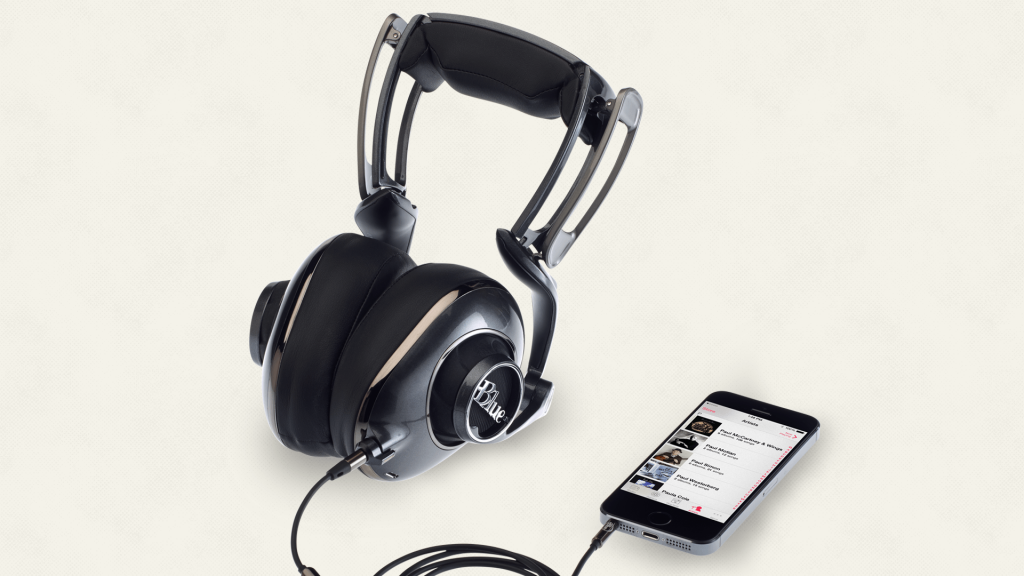
I find that the treble presentation has a lot to do with a headphone’s sense of “air and space” and the Blue Mo-Fi’s do an admirable job with both. The treble isn’t rolled off to a point where say Chris Botti sounds like he’s playing behind the drummer like say on the Sennheiser Momentum Over-Ear headphones, nor is it overly bright or strident as it can be with the Grado 325is headphones. It manages to stay within these two extremes (with a tendency to be a bit closer to the Momentum’s presentation). As a result, the sense of air and space is quite good; though not head of the pack. I found the BeoPlay H6’s ability to portray this simply magnificent and offered a cost effective take on the amazing Sennheiser HD800s in this regard. In comparison, the Mo-Fi’s still offered quite good and clean treble, but the sense of space was more on par with the NAD HP50s or B&W P7s. The sound stage and instrumental separation offers a realistic portrayal when listening to Mussorgsky’s “Pictures at an Exhibition” with each player easily detectible in the soundscape. Closed headphones aren’t well known for having this ability to properly portray image and location when compared to open headphones, but I really have to say that the Mo-Fi’s buck this trend and do an admirable job.
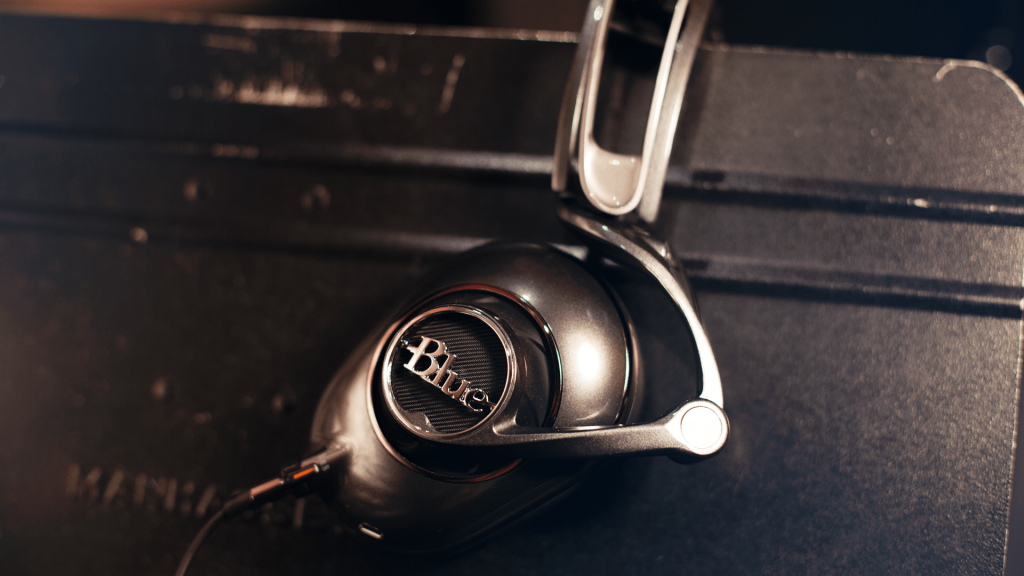
For their first foray into the headphone market, Blue has brought a fantastic offering forth in the Mo-Fi’s. Throw in the out-of-the-box design of the headband and the eclectic look of the ear cups (in line with Blue’s microphone line up), and an excellent quality built-in headphone amplifier, the Mo-Fi’s offer an outstanding value proposition. They have a natural sound that is fairly well balanced and thus work with many different genres and types of music, from jazz to classic rock, to metal, to classical music – they hit on all cylinders. And you don’t have to worry about procuring a separate headphone amplifier to get the most out of the drivers, nor do you have to worry that with bass centric music you will crave for more from the lower octaves (just turn it up with the built-in bass boost).
I think the Mo-Fi’s are perfect for a work setup or someone looking for an all-in-one headphone solution in a non-mobile setting, especially if you don’t want to spend an arm and a leg on a dedicated headphone amplifier. Just plug and play (and charge occasionally via USB). The biggest drawback is the lack of portability however. They are big and on the heftier side of things and based on their design, they sit upright. The comfort level ranges from adequate to good, but if you’re looking for headphones to listen to for several hours; I’d recommend you try them first to make sure they work for you.














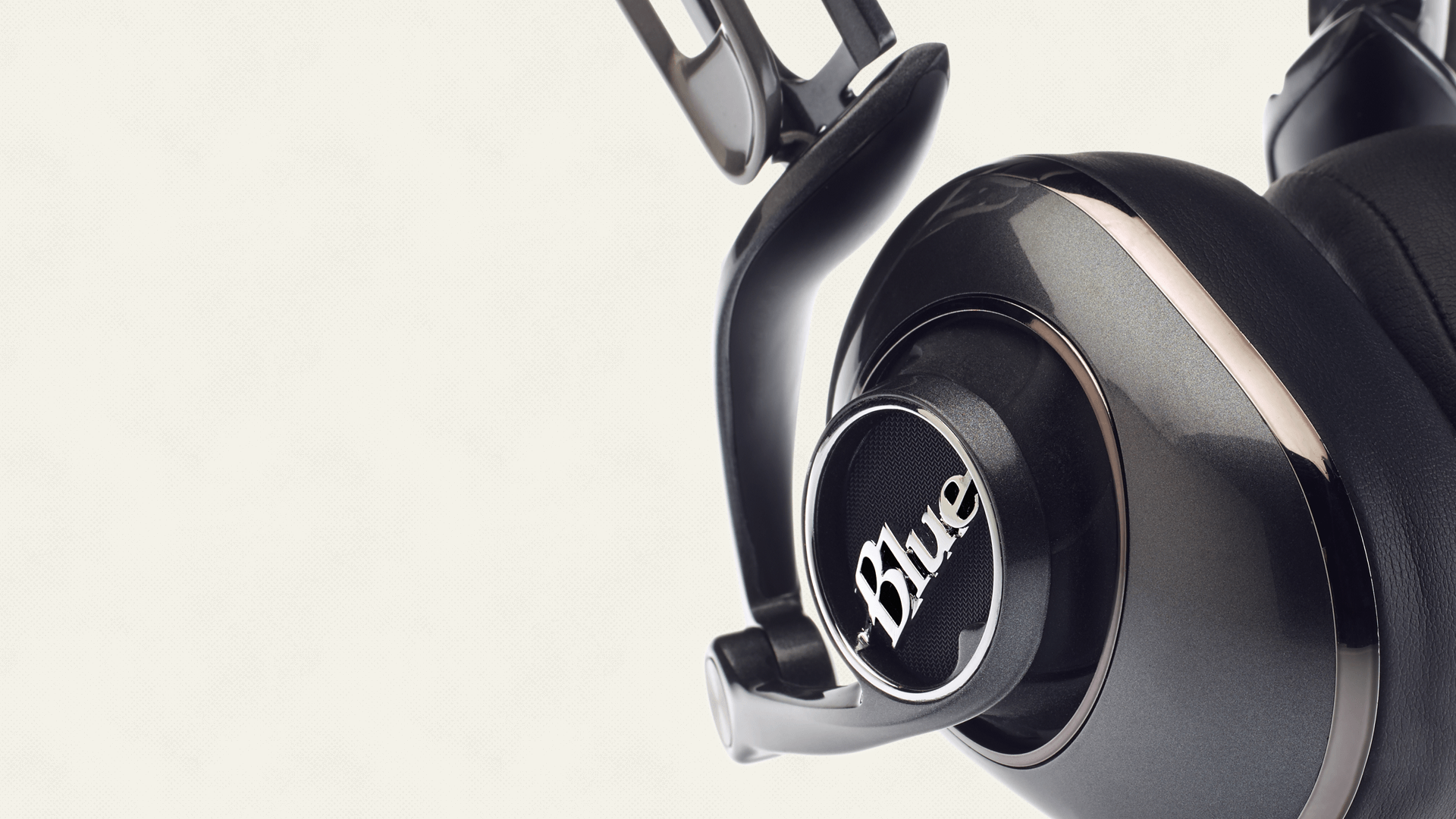
Reply
Reply
Reply
Reply
Want to join discussion?
Feel free to contribute!